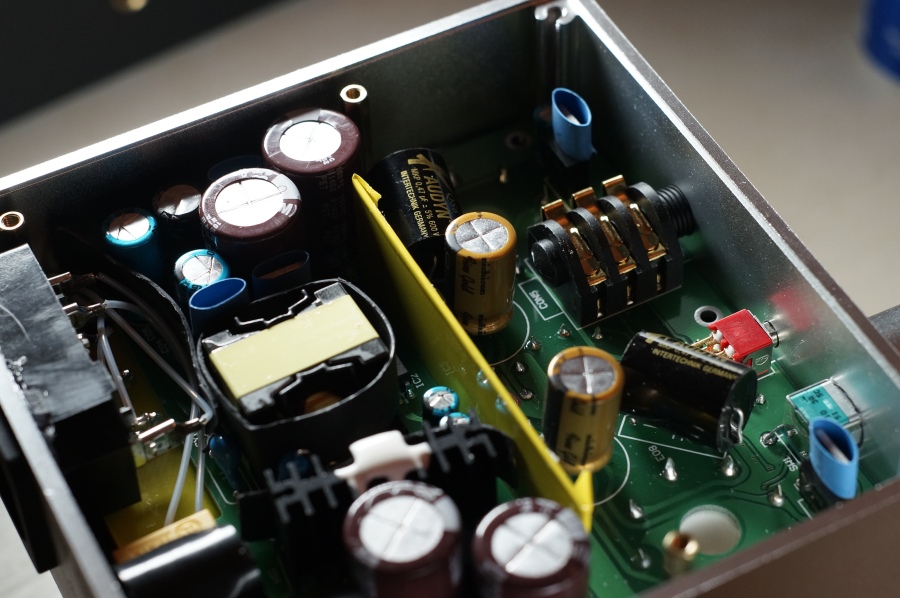baronbeehive
Headphoneus Supremus
From what I have learned about those amps, is their clarity and detailing is mostly attributing to the tubes and bias points, once the amp is sufficiently moded, as the circuit design is very good.
Especially the issue of soundstage and detailing is dependent on bias.
In Your specific case, the driver tube bias need to be boosted and you will be shocked how much more it can go....

Right! I won't hijack this thread but you are right I haven't tested, or finished all the mods completely yet so I look forward to confirming that. But the speed of the these SET amps is second to none. I'm glad though that the APPJ's sound is rich as well as fast because I think if it goes too fast and transparent without any contribution from the tube sound then the sound is going dangerously close to SS sound which I don't want. That would put me off going for a decware amp for example although they are outstanding amps by all account.
Anyway I'm very happy with both my headphone amp, and the little APPJ of course! The thought just crossed my mind that the 2 APPJ's side by side would be a great
talking point and it would be interesting to compare their sounds although comparing headphones with speakers would make that difficult it would be interesting to hear from someone who had them both, or maybe I'm just fantasizing, probably!























